比《八佰》更惨烈的,是这段真实历史……
豆瓣评分7.7,猫眼口碑9.2,票房超过20亿……电影《八佰》全国公映后成绩斐然。该片由管虎导演,是亚洲首部全片使用IMAX摄影机拍摄的商业影片。
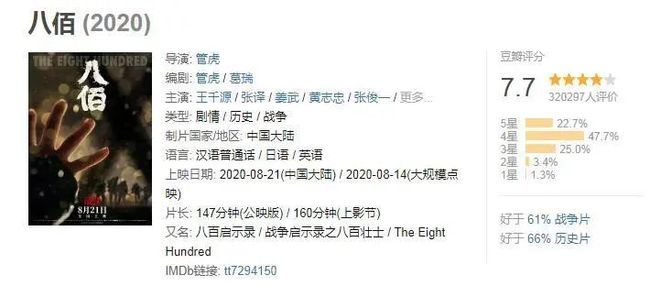

电影 ·剧情
《八佰》以发生于上海的四行仓库保卫战为原型,讲述四行仓库战士们坚守阵地,与日军鏖战的故事。虽然对外宣称是八佰壮士,但其实只有400余人。
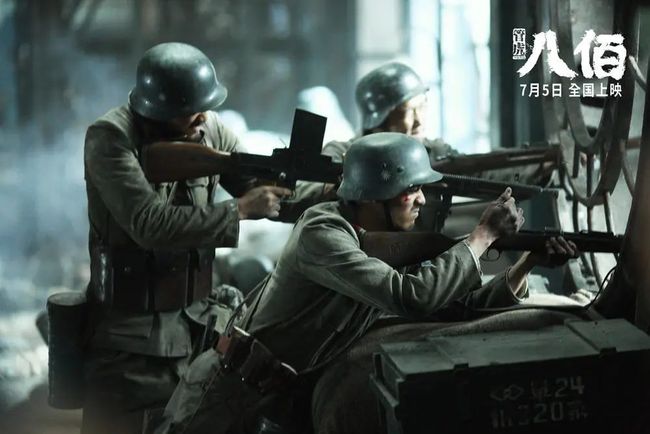
故事主要发生在上海苏州河南北两岸,虽一河之隔,却天差地别。
南岸英法租界内歌舞升平,北岸却是一望无际的断壁残垣。当400多名战士踏进四行仓库,已是四面楚歌、九死一生。
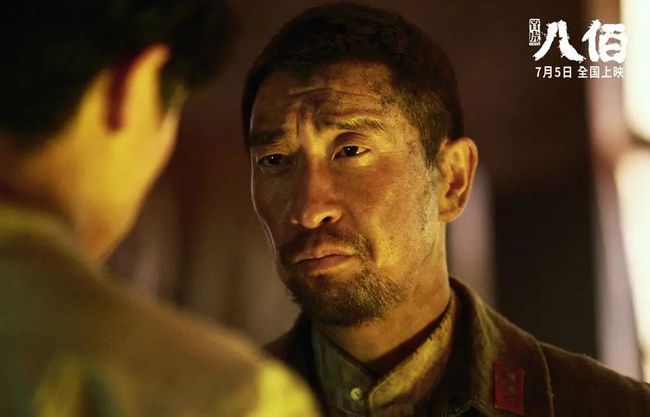
一边天堂,一边地狱,为了打造出真实场景,剧组斥资建立占地200亩的实景建筑,此外还人工开凿了一条新苏州河。
除了展现宏达的场面和震撼的场景,电影《八佰》更注重小人物的勾勒,铮铮铁汉同样有血有肉。
影片中,八佰壮士也是一个个平凡的个体,他们明知不可活而活,甚至最终愿意献出生命。正如片头出现的那句“待我成尘时,你将见我的微笑”,“八百壮士昼夜血战守四行”愈加令人泪目。
催泪预告戳这里↓
“阵地不会丢、国家不会亡”。当时,四行仓库保卫战的真实情况是怎样的?
1937年8月13日,淞沪会战爆发。这是中国军队抗击日本侵略者的第一次大型会战。淞沪会战末期,中国军队西撤。10月26日,第88师262旅524团副团长谢晋元临危受命,率兵留守上海闸北四行仓库掩护大部队撤离。
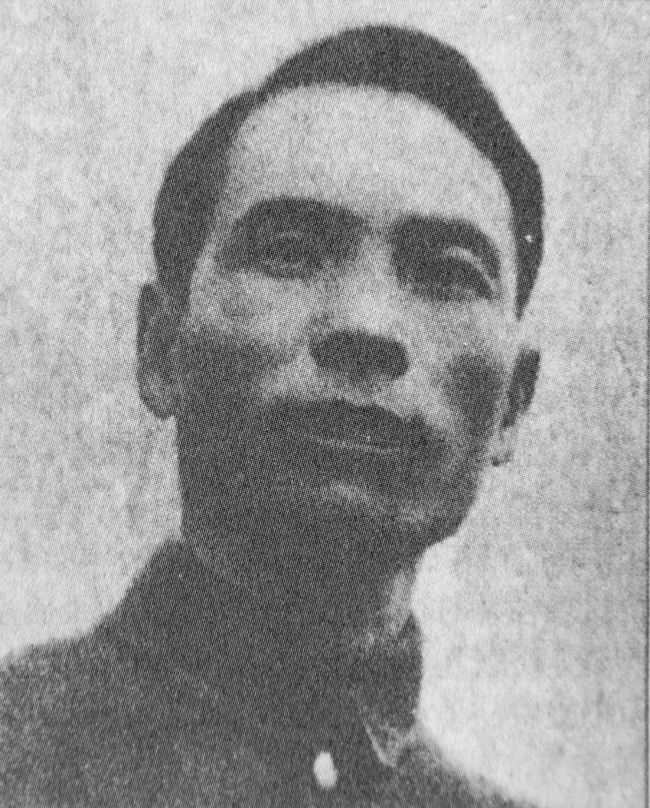
△ 谢晋元
1937年10月27日清晨开始,日军沿着苏州河一边纵火一边搜索前进。下午2点,日军大部队进入中国守军的射程内。谢晋元一声令下枪炮齐发,当场击毙80多名日军。
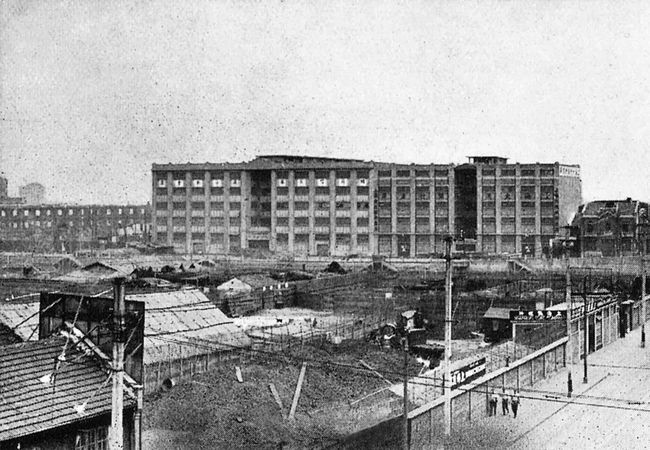
△ 1937年淞沪会战爆发前,侵华日军拍摄的上海闸北四行仓库。
从此,大楼内的四百余战士和日军展开了四个昼夜的殊死搏斗。
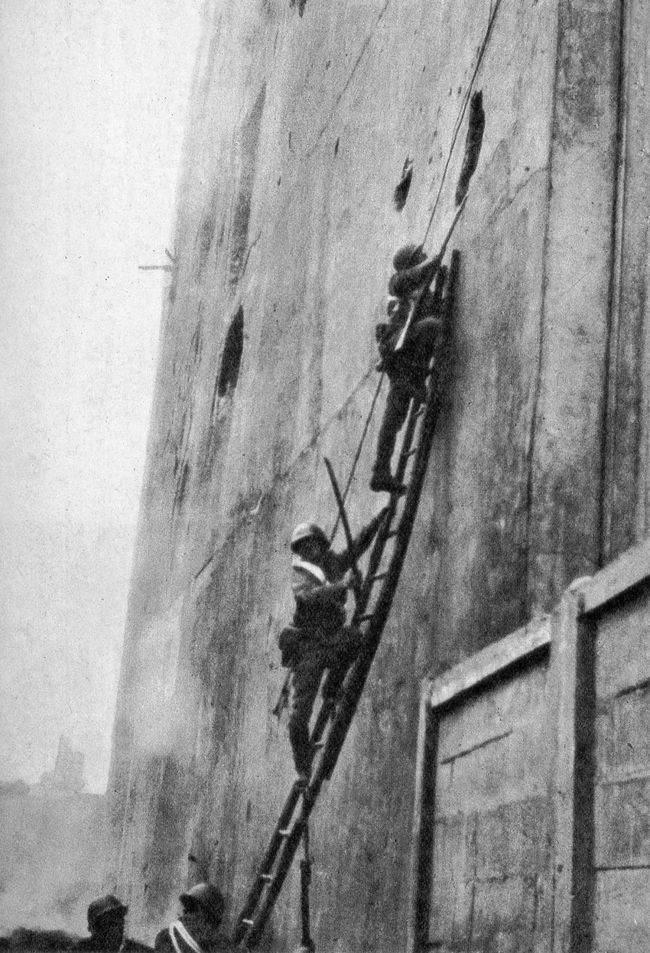
△进攻四行仓库的日军士兵
“四行孤军浴血奋战”——多家报纸以号外的形式纷纷报道。一名外国记者通过英租界递进来一张纸条,询问“四行仓库守军有多少人?”。当时谢晋元手下只有400多人。但为自壮声势,谢晋元答复“800人”。
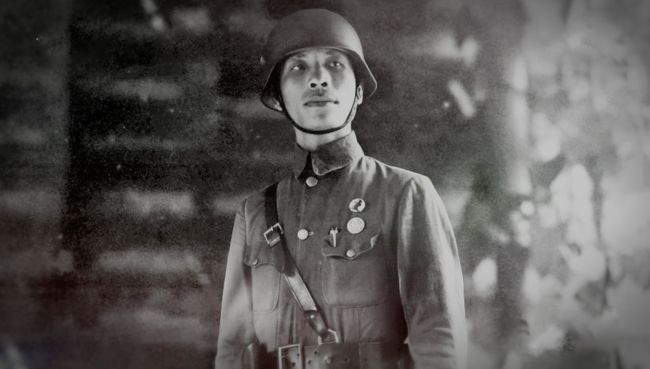
△ 谢晋元
“八百壮士”的称号迅速传扬开来。他们英勇战斗的故事,传遍上海,传遍中国。
4天时间,谢晋元率部在这块弹丸之地击退敌军数十次进攻,毙敌200多人,自己仅阵亡9人,伤20余人。
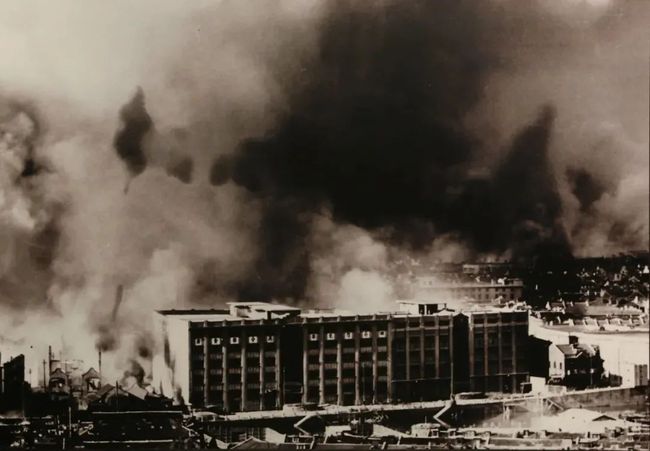
△ 激战中的四行仓库
那段抵御外辱的峥嵘岁月中,在国家和民族危难时刻,他们都是挺身而出的“壮士”。
而在战斗间隙,谢晋元命令战士给家人写封简短的遗书,介绍这次战斗的情况:
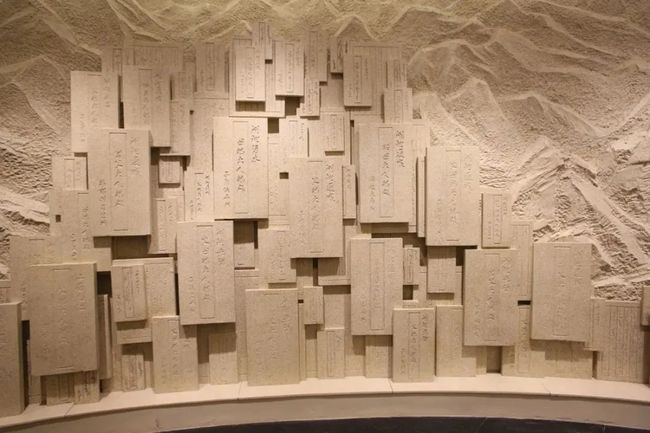
△四行仓库抗战纪念馆“八百壮士”遗书墙
“我神州半壁河山,日遭蚕食,
为国杀敌是革命军人素志也”
“诸子长大成人,仍以当军人”
“为父报仇,为国尽忠为宜,
让我子孙后代,再不受此侮辱”

这每一个血染的名字,每一个燃烧的忠魂,都汇聚成不屈不挠的民族精神。
1938年10月12日,毛泽东在《论新阶段》一文中称赞“八百壮士”是“英勇抗战、为国捐躯的民族革命典型”。
本周一出版的《21世纪学生英文报·高二》801期就讲述了影片《八佰》的故事↓

Historical human drama
The Eight Hundred (《八佰》) has brought in over 700 million yuan at the box office within its first week in theaters.
Directed by Guan Hu, this film is the first major Chinese film that has been released since the country’s theaters reopened over a month ago. The film is widely expected to boost the market after the COVID-19 outbreak, according to China Daily.
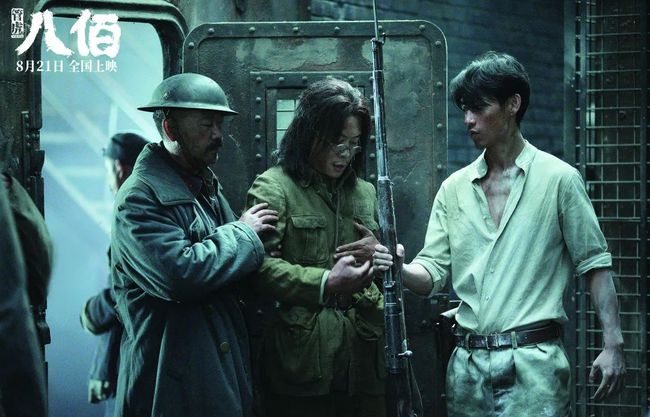
The film honors the heroes who fought for the Chinese people during the War of Resistance Against Japanese Aggression (1931-45). Set during the last stage of the Battle of Shanghai in 1937, the film tells the story of more than 400 Chinese soldiers defending the Sihang Warehouse (仓库). This battle boosted the morale (士气) of Chinese people after the retreat (撤退) of Kuomintang’s major forces.
Yet, the film does not focus only on the historical moments. It also shows the changes of characters – people from humble (卑微的) backgrounds can be the backbone of a nation in critical times.
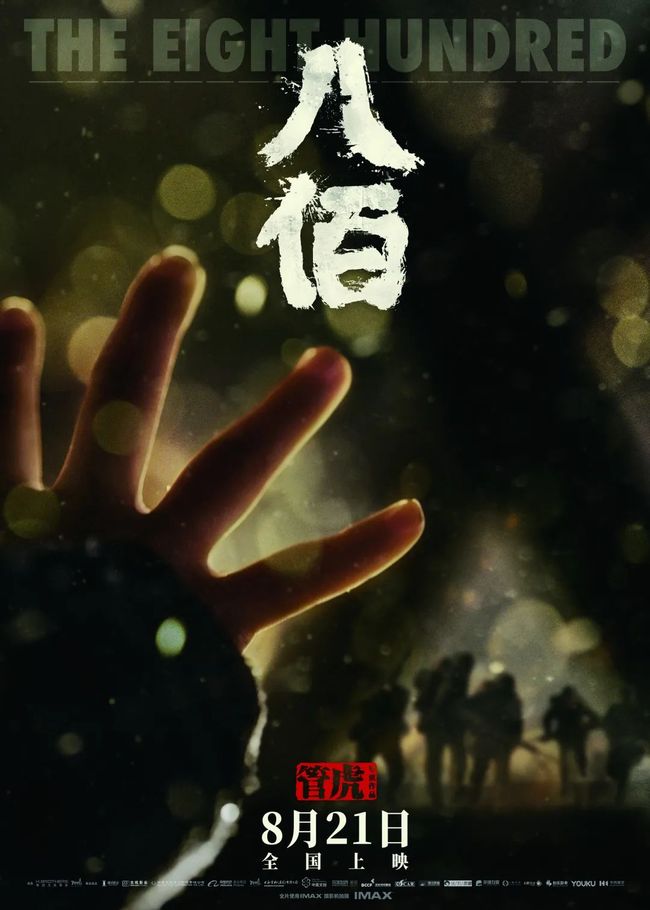
For example, the character of Yangguai, played by Wang Qianyuan, had been cold in his daily life, but during the battle he never hesitated to support his country.
“You will see beyond cinema with the scenes about grassroots soldiers overcoming their fear of death, and how the glory of humanity (人性的光辉) comes from ordinary people in extreme situations,” Guan told China Daily.
The characters’ development and theme of patriotism (爱国主义) are not the only things that make this film stand out. The production of the movie itself contributes to its attraction.
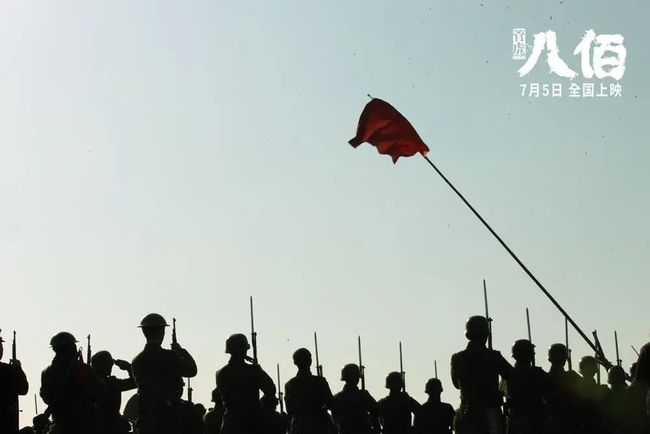
The Eight Hundred is the first film shot entirely with IMAX cameras in Asia. The crew worked tirelessly to create a realistic set in an area covering 130,000 square meters in Suzhou, Jiangsu province. Within 18 months, they built a model of the warehouse, over 60 buildings, and dug a trench (战壕) to introduce water from Yangcheng Lake nearby, turning it into a 200-meter-long “river”, which is shown in the movie as a part of the Suzhou River.
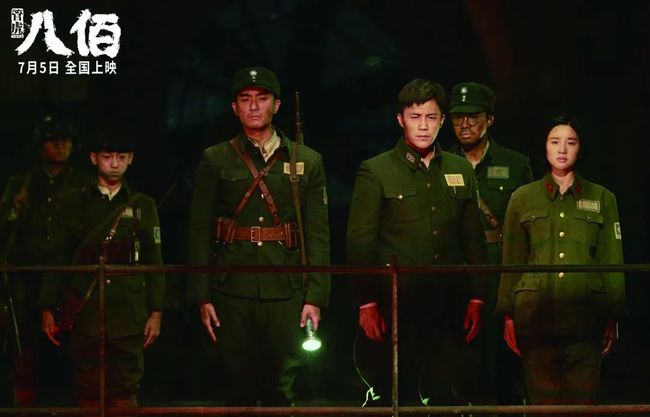
The impressive shots and stunning (令人震惊的) visual effects provide a striking backdrop (背景) to a story that shows the power of pride and patriotism during difficult times.

本周《21世纪学生英文报》还有这些精彩内容↓
————世纪君开通视频号啦————
![]()
![]()

